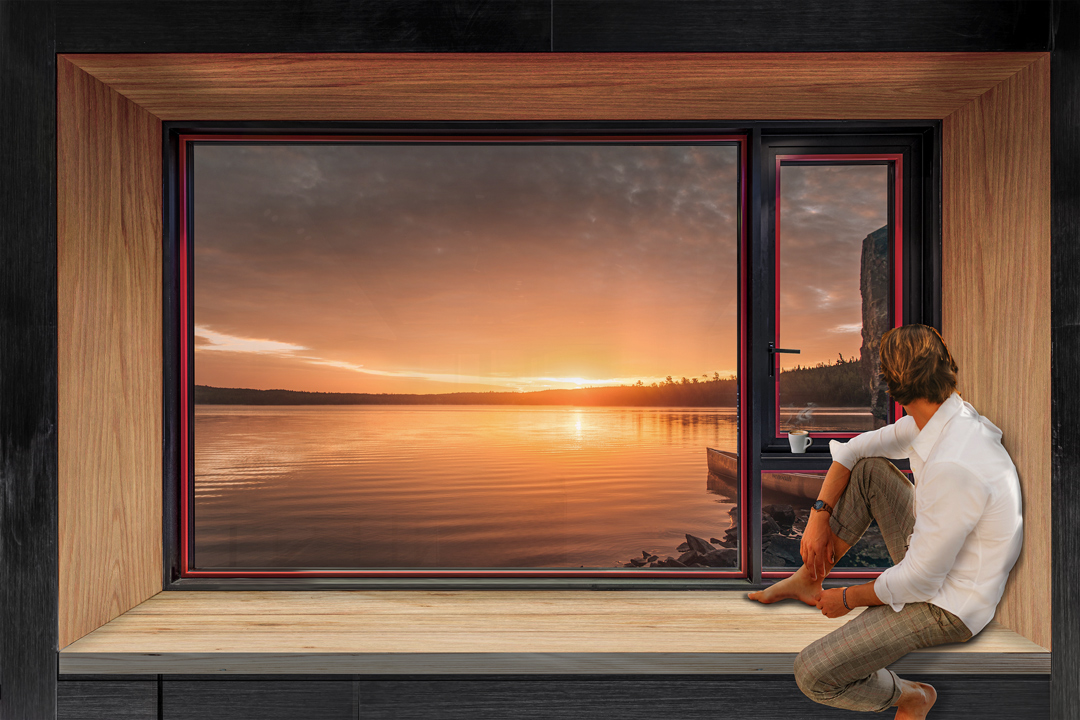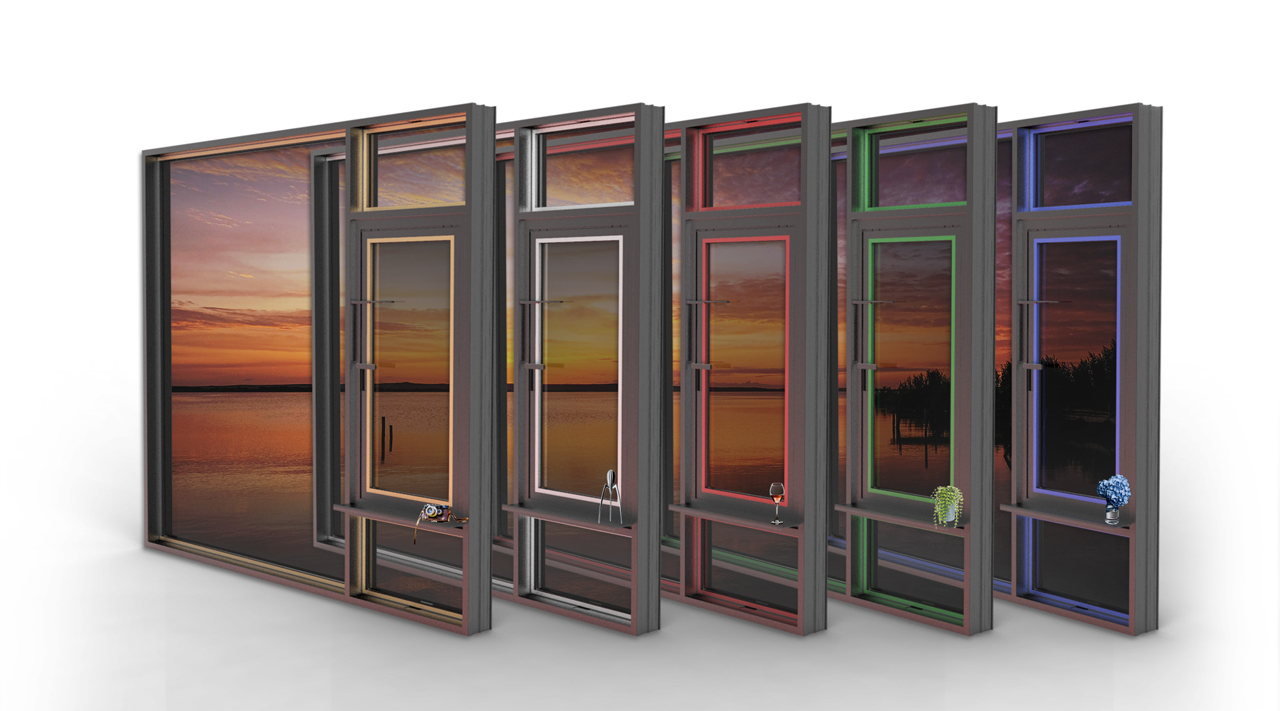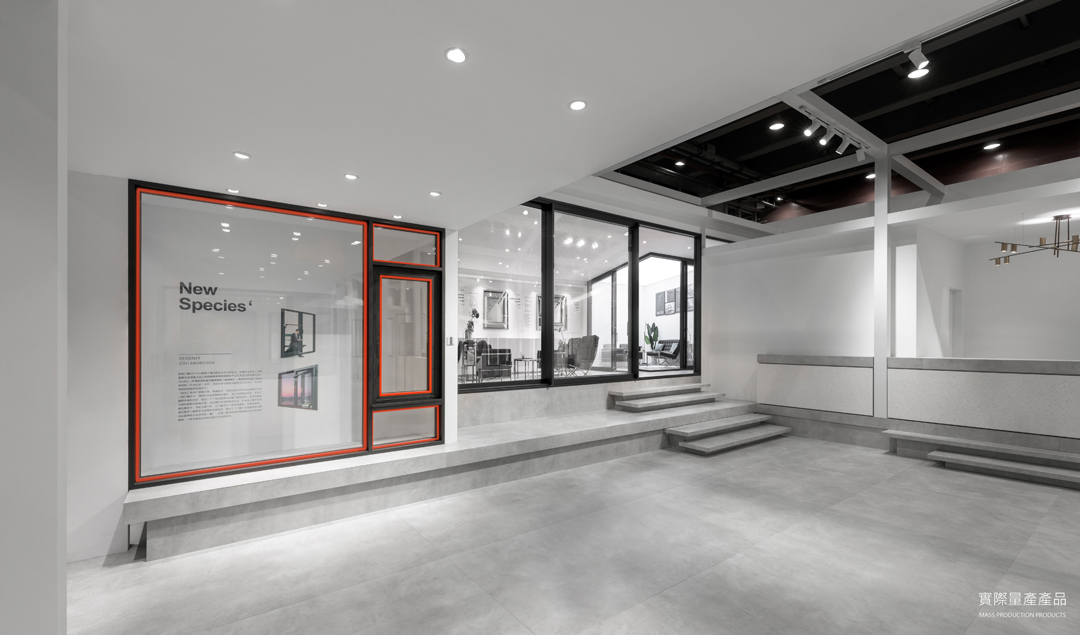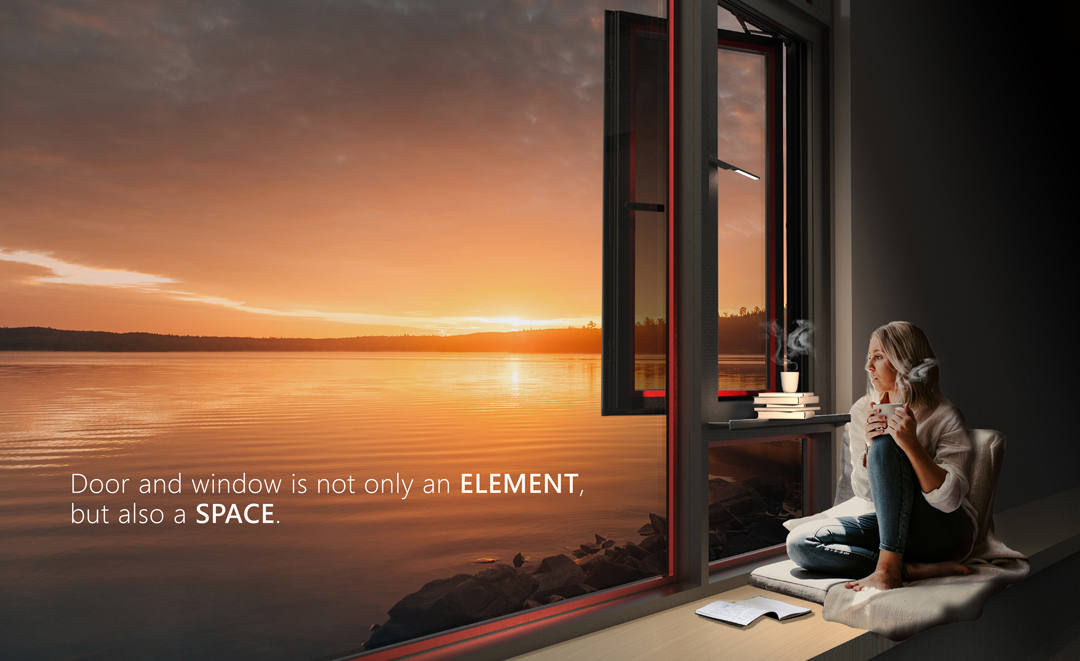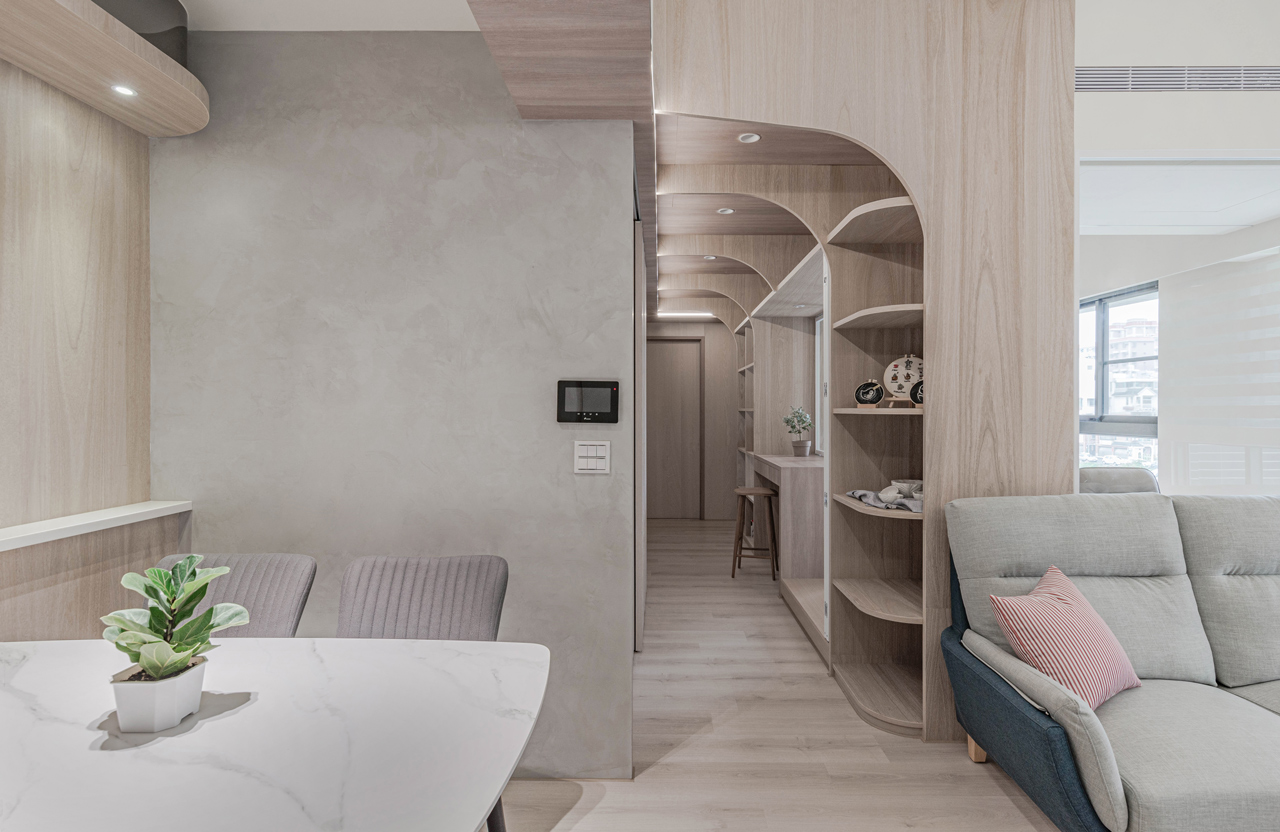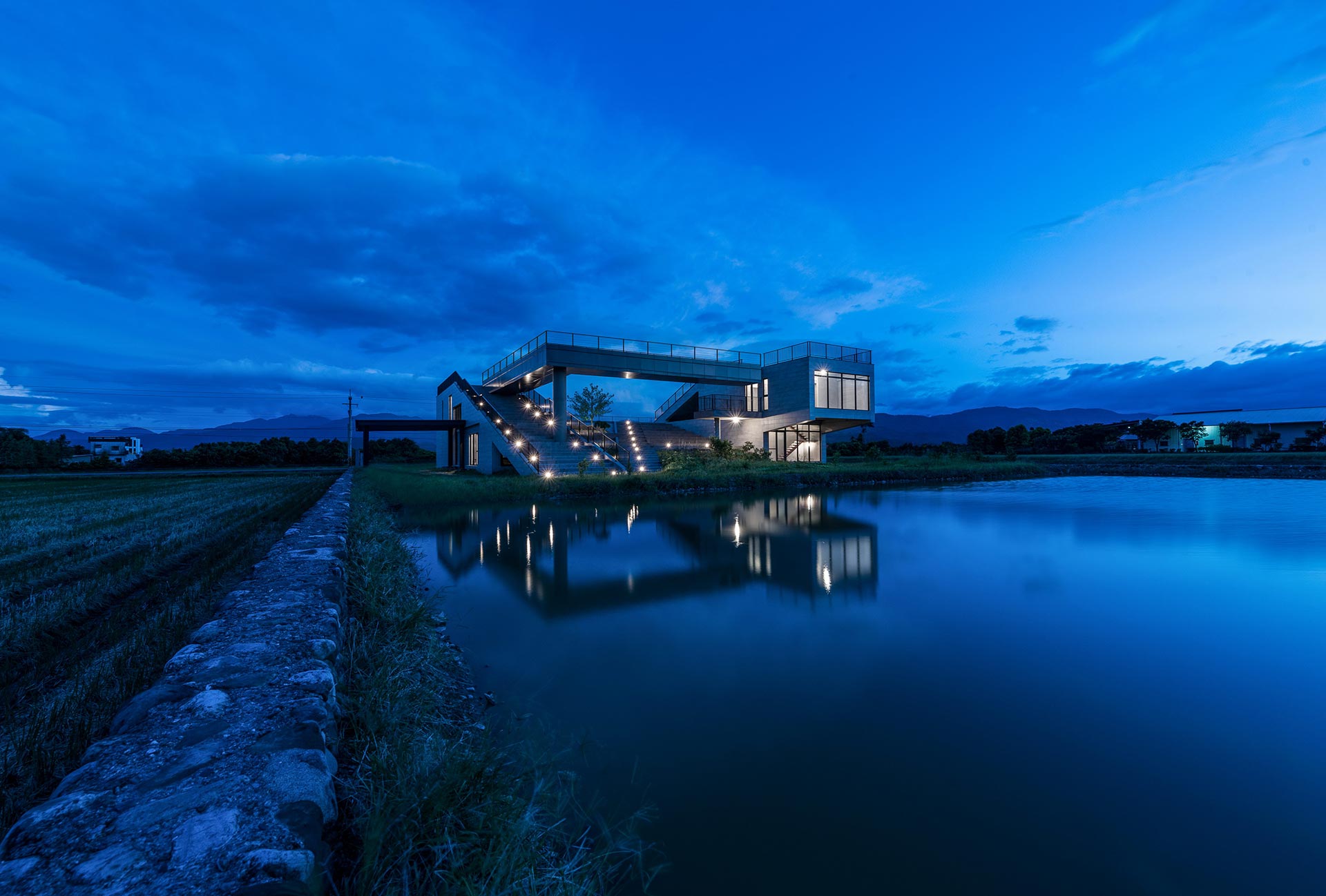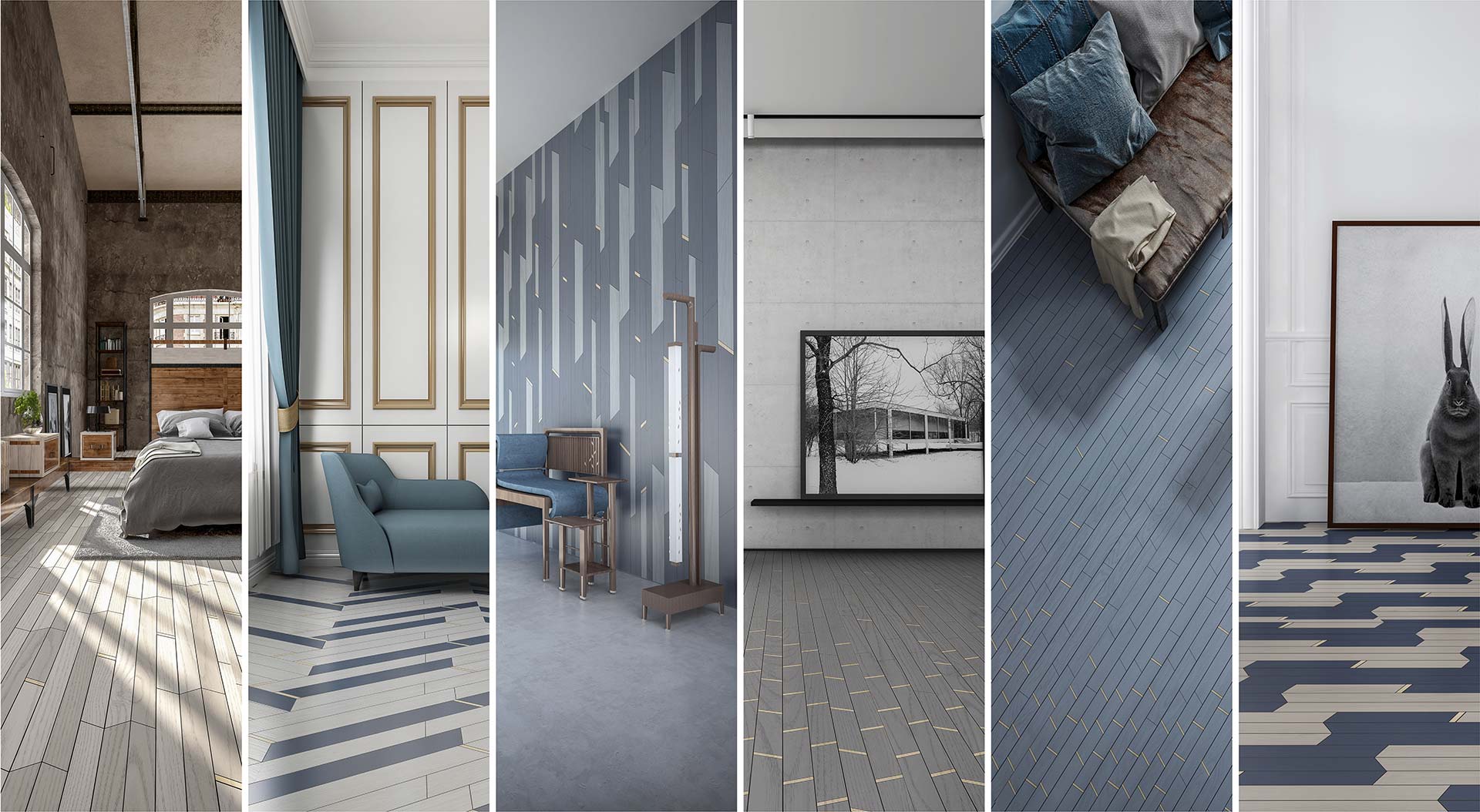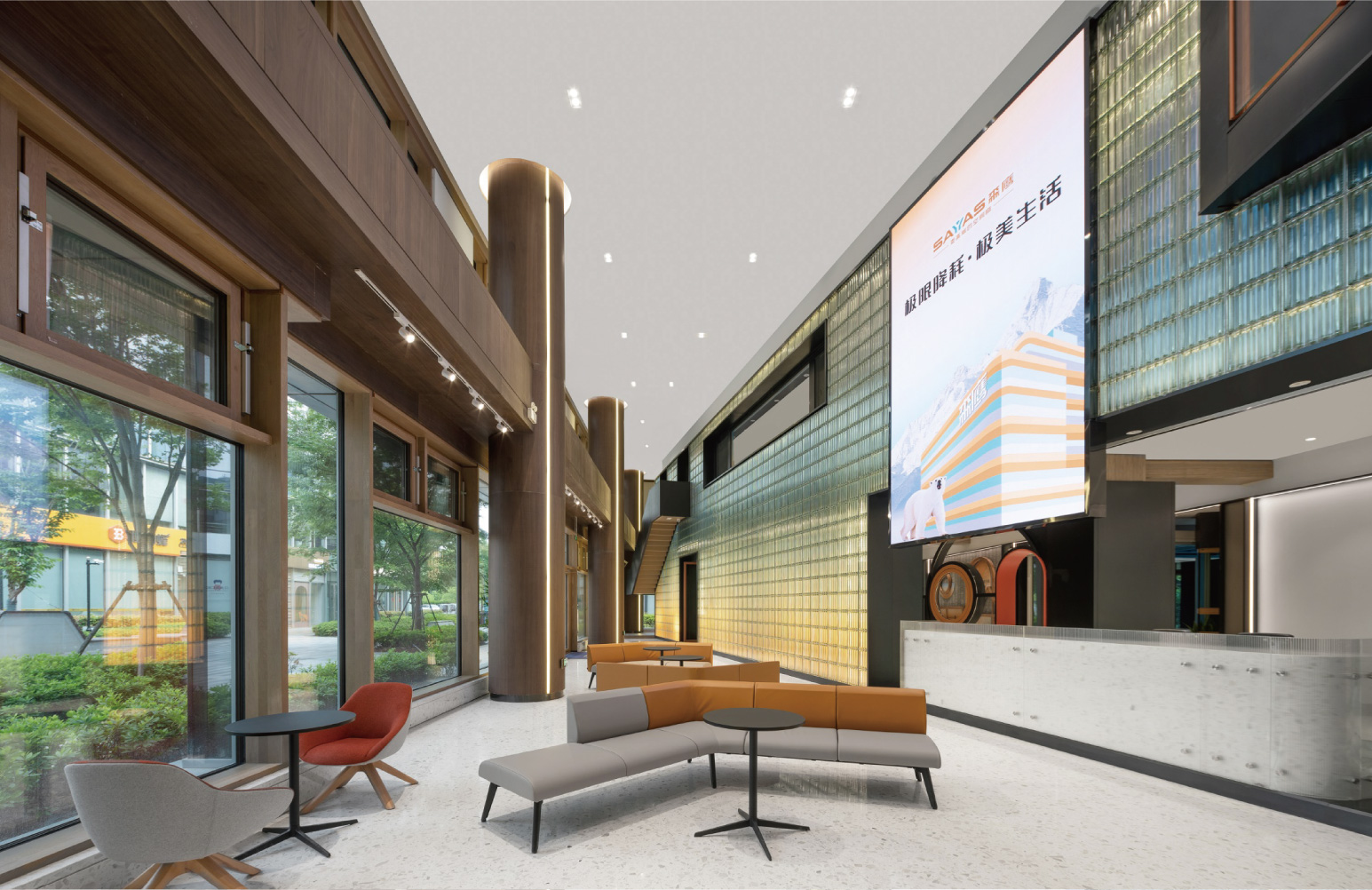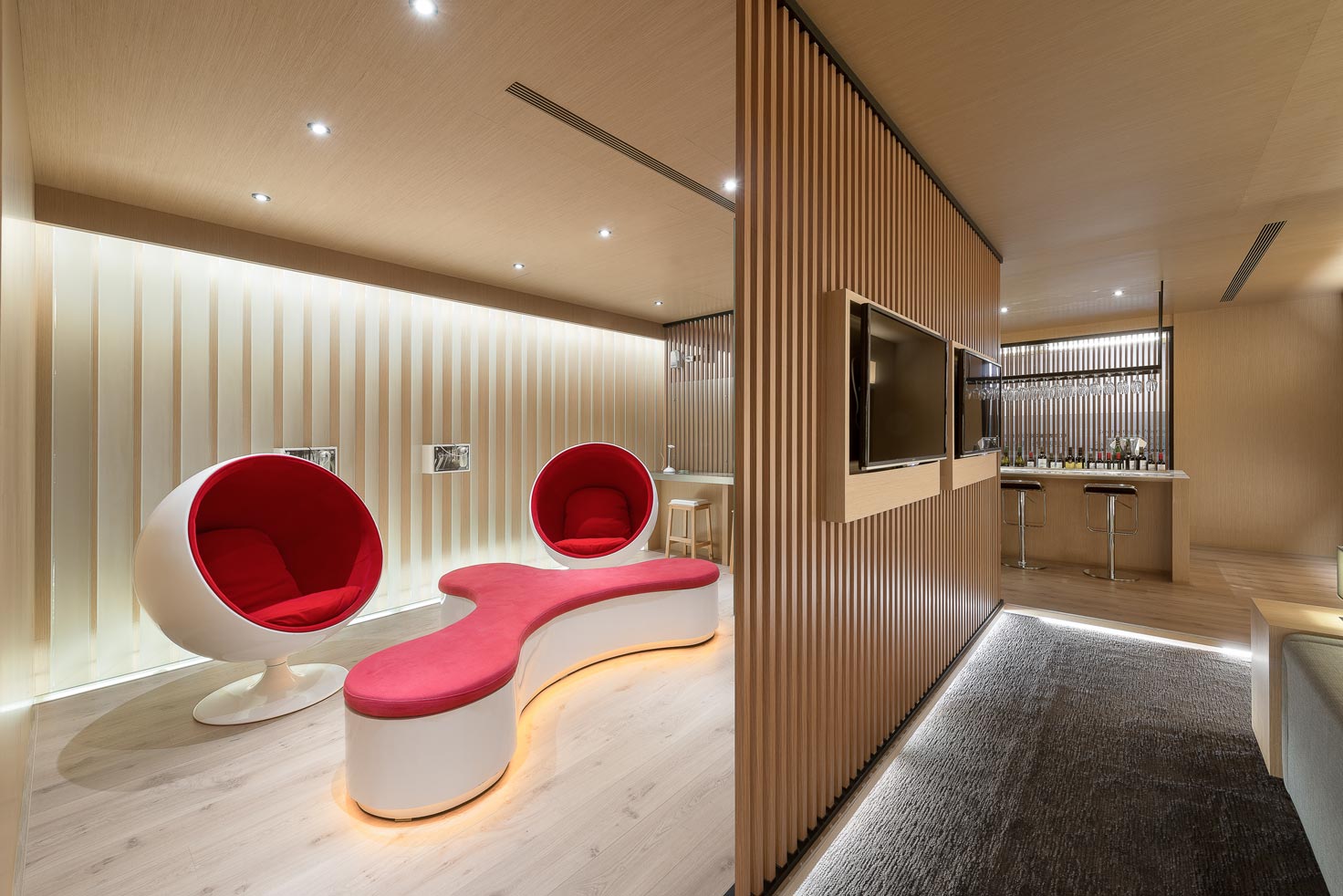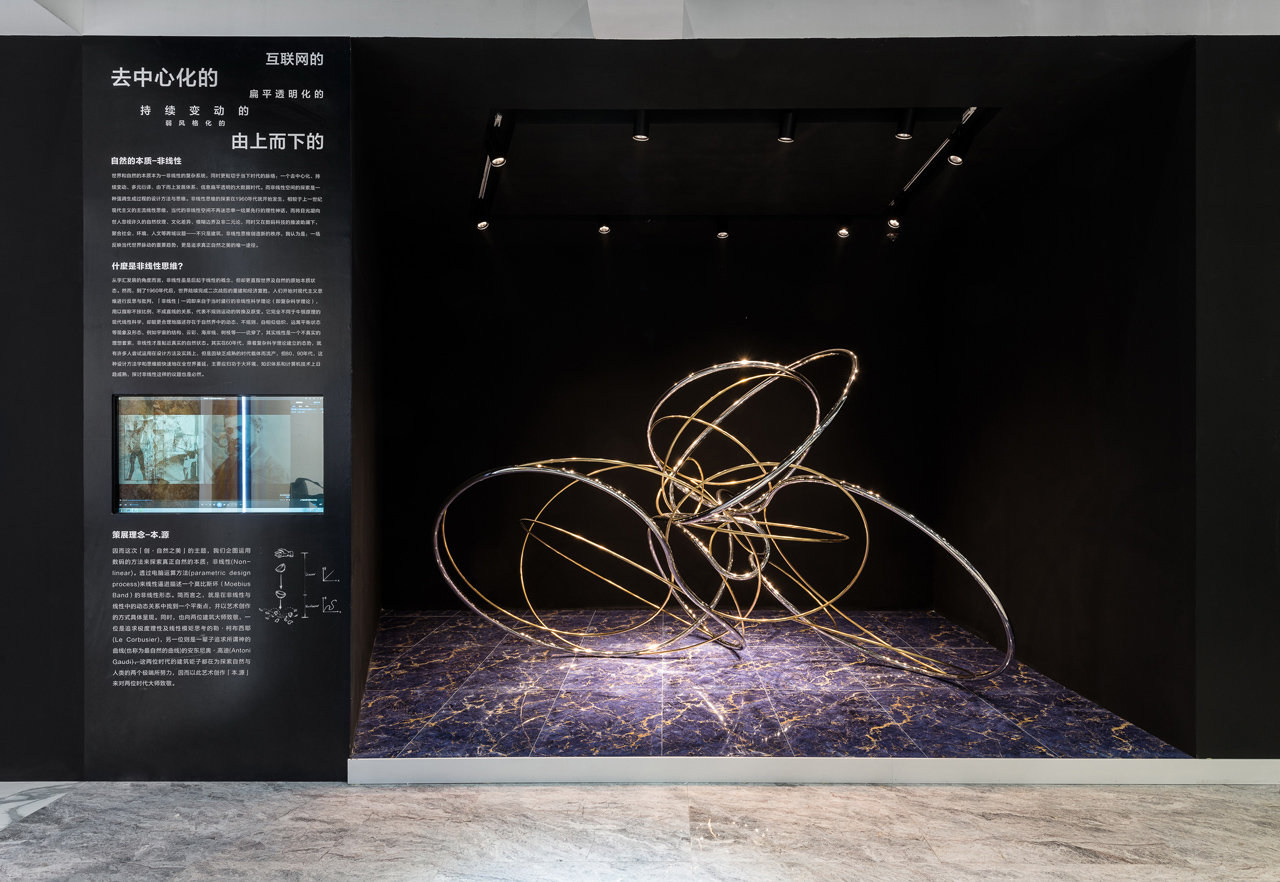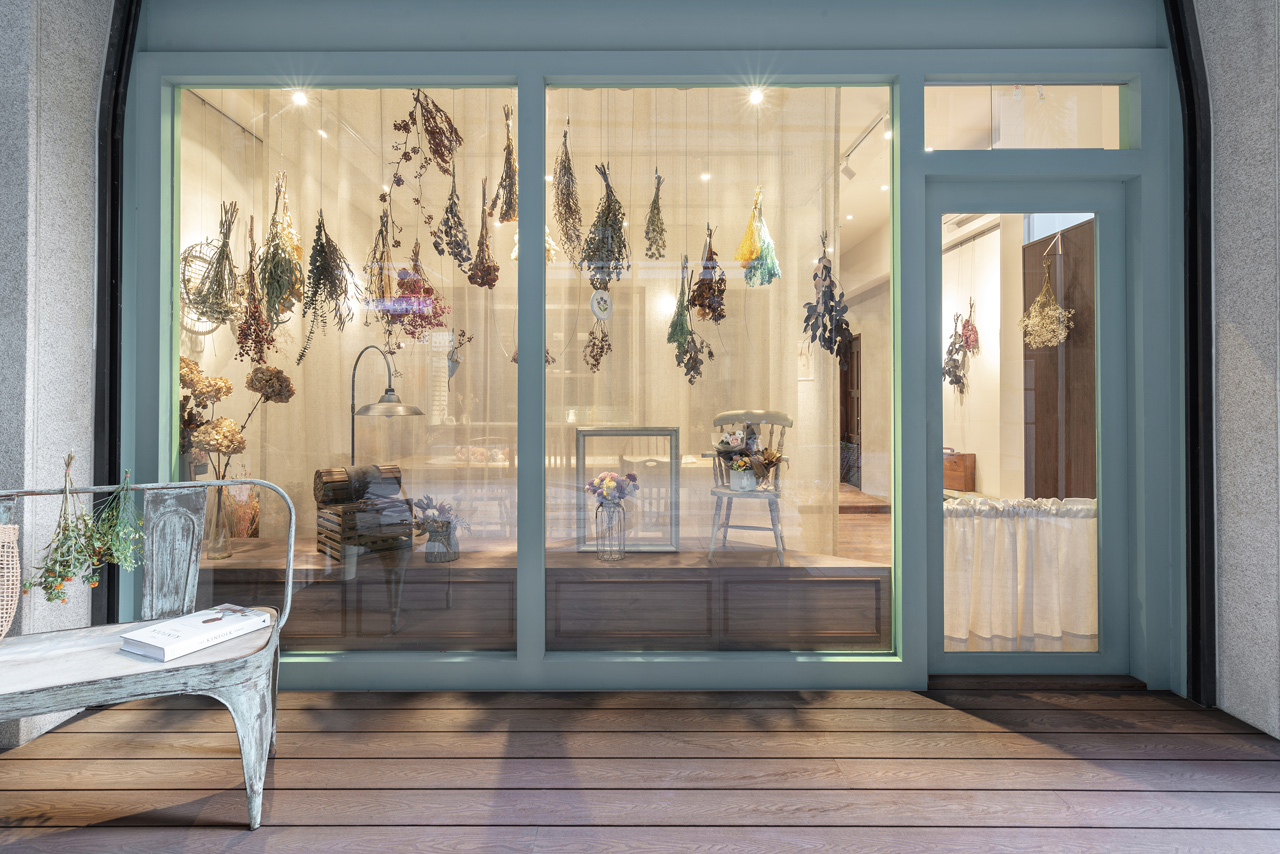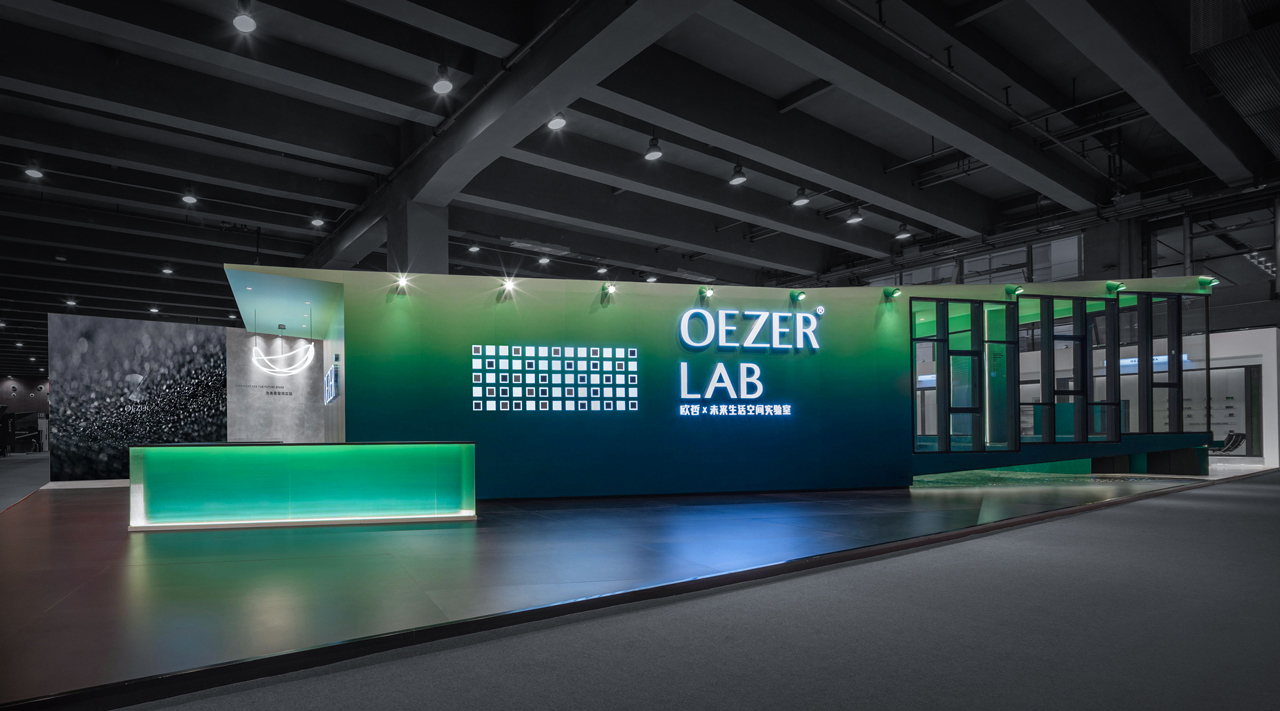門窗演進發展-以多元形式回應時代性
The Evolutional Development of Windows – Diversity Echoing Zeitgeist
OEZER Window Product Design 歐哲門窗產品設計
拾光‧重新定義空間新角落
門窗,構造物中最重要的構件,作為空間內外交會的區域,具有悠長的發展歷史。早在古羅馬時期,建築受傳統結構與材料的限制,人們以「拱型力學」設計分解建築物所承載的重量,並產生下大上小的門窗開口形式。近代伴隨建築師對材料的掌握與技術的突破,讓門窗的形體產生新變革。爾後,現代主義柱樑結構取代傳統承重牆體系,門窗的形式、尺寸,也開始朝向一致性的模矩化發展,近年則更著重於安全性、多樣性與系統化的呈現。今日因應大數據時代的來臨,不同的使用者與生活方式,讓門窗不再只是傳統單純的建築構件,而是一種生活方式的延展體現,藉由不同使用方式的結合,產生更多可能性。數千年來,門窗的演進從順從物理定律下大上小的開窗方式,到以承重牆為主體,以樑柱系統轉化為自由立面,進展到蛻變為在功能性使用之外的一種生活方式回應。
Windows, as the essential components in any built object serving as the transitional domain between the interior and the exterior spaces, have seen undergone a long history of evolution. Ever since the Roman time, as the then architecture limited by conventional structural and material constraints, the dynamic arch principle was adopted to address the loadbearing issue in building design, which in turn gave rise to a particular window opening style of top-narrow and bottom-wide design. In recent years, architects have revolutionized the formal design of windows through material improvements and the relevant technological breakthrough. Subsequently, the Modernism column-beam structure replaced the conventional load-bearing wall system which has rendered the styling and dimension of the windows to develop standardization, and the emphasis on safety, diverse design, and systemization in the presentation. Nowadays, in meeting the demand of the era of mega-data, different users and their living style mean that windows are no longer conventional building components but an extended articulation of our living style, so through considerations of different usage scenarios, there come even more possibilities. Over the last thousands of years, the evolution of the windows evolved per physics principles from arch windows, load-bearing walls, to column and post system, before developing into a free-wall system, a life-style articulation beyond the functional usage.
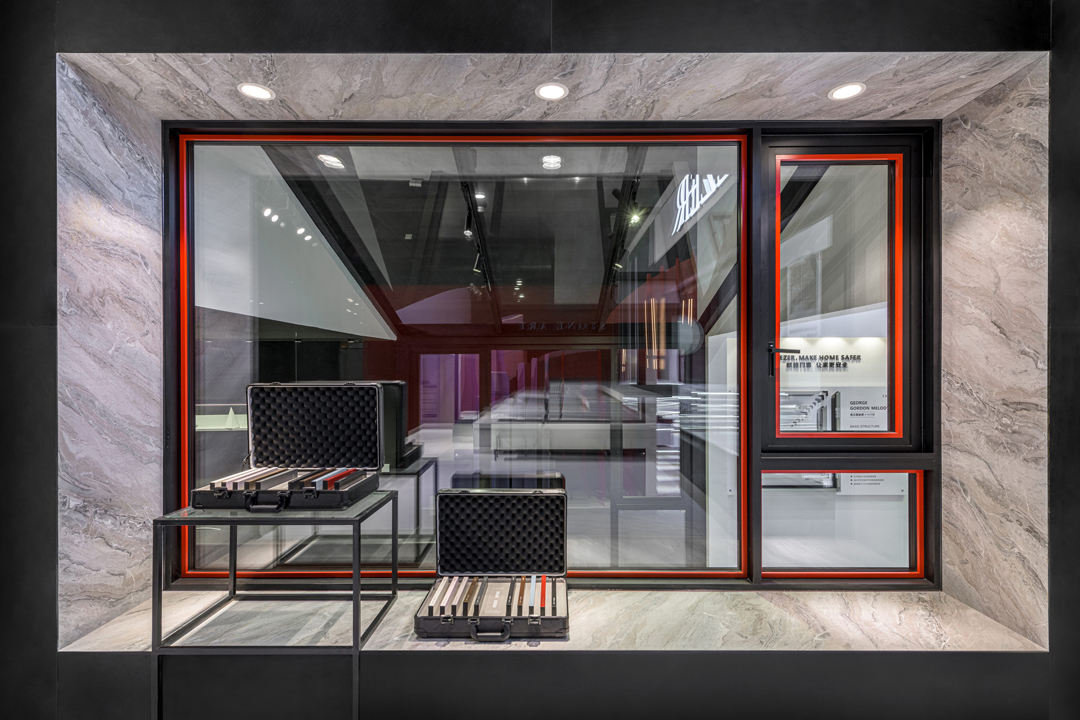
不只是門窗-由物件設計延伸至空間設計
Not just windows – From object design to spatial design
新型態門窗因應地域環境與當代簡約生活方式而生,設計上透過將把手及鋁框架構件整合為門窗構件的一部分,創造出一致性與簡約的視覺效果。由於門窗把手僅在開闔時有其功能,透過感應式設計,將把手收納於外凸框架中,平時收起讓門窗呈現一個畫框般的框景,使用時透過感應再自動彈出,藉此創造視覺上的簡約氛圍。此外,門窗還加入了摺疊窗燈與伸縮檯面,在平日不影響出入使用下,將門窗形塑為休憩、閱讀的居家角落,為門窗創造多元的使用方式。再者,藉由不同色彩的外型組件搭配,讓使用者可依個自喜好搭配出具個人風格的門窗產品。這樣的設計讓門窗不再只是門窗,而是一種生活感知與體驗的延續,強化簡約感、個性化、多元功能的產品特質,建立多樣性與獨特性,門與窗就不再只是單純的建築物件,而是延展為形塑場域情境的核心所在。
The new style windows design aims at addressing environmental needs and the simple contemporary living, as the design specifically integrates handles and aluminum frames as part of the window components for visual consistency and simplicity. As window handle serves its function during the window opening and closing, the handles would be stored within the obtrusive framing through sensory design so that the window would serve as a canvas frame, and when needed, would pop up when activated by sensor design. Furthermore, the window also features a retractable lamp rack and table-top accessory design to enable the window-side space to become a relaxing and reading corner without affecting access. Besides, through the combinations of accessories of different colors, it allows users to customize to his or her personalized styles such that it becomes a continuation of perceptions and experiences in creating more minimalist, multi-color, and not so readily reproducible characteristics by reinforcing product diversity and uniqueness, as windows and doors are not merely architectural objects but the ambiance-shaping elements.
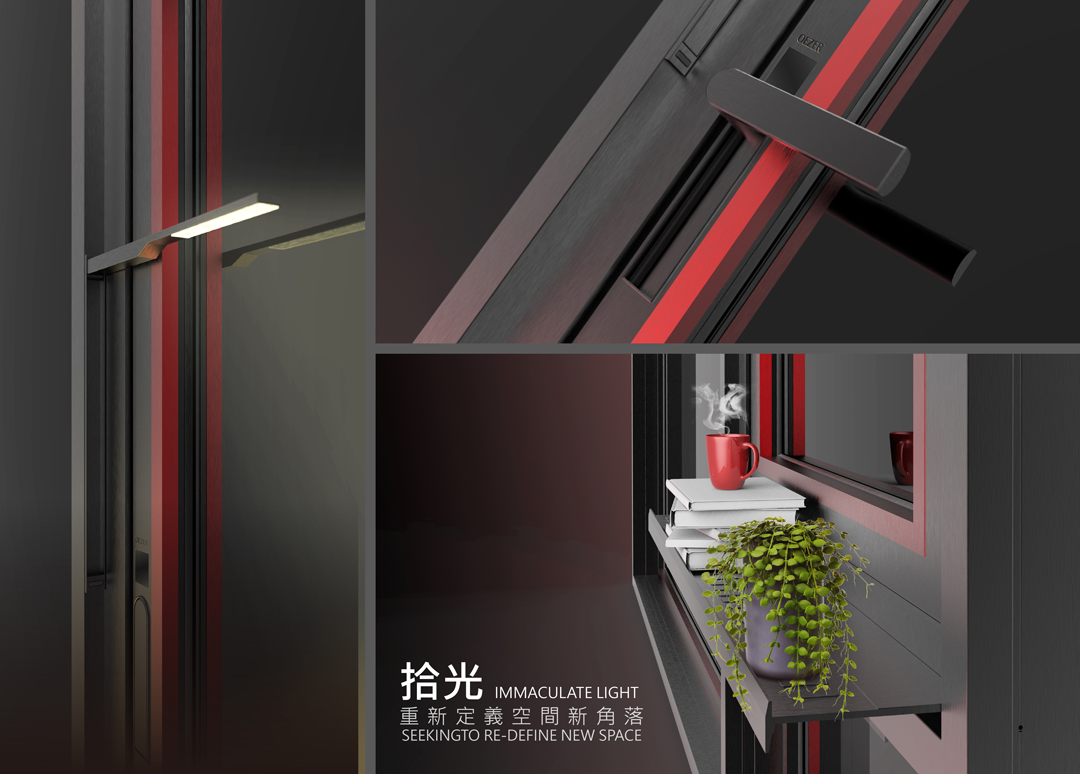
少即是多-極簡美學結合多元功能設計
Less is More – Minimalist Aesthetics Synergized with Multi-purpose Functional Design
當代設計強調多元思維與跨域合作,透過設計賦予門窗符合時代使用需求的內涵,將摺疊窗燈、隱藏把手、伸縮檯面三種不同功能整合於一體,創造出一種有別於傳統的門窗新物種。多樣化的功能除了為門窗創造不同的使用方式,延展過去僅作為通風、採光、出入進出的介面,營造得以讓使用者長時間停駐的條件之外,也藉由整合性設計,將不同功能的設備物件合而為一,化繁為簡的設計打造時尚、簡約的造型,極簡美學的外型(少)與多元的使用功能(多)雙重特質,以具體的門窗設計回應少即是多(Less is More)的品牌理念。
As the contemporary design emphasizes diverse design discourse and cross-disciplinary collaboration, window design is to meet the usage need in modern living as the foldable lamp, hidden handle and retractable table-top are integrated into one to create a new-type window design. Multiple functions do not just create different usage patterns for windows, which no longer serves as the medium for ventilation, natural lighting, and circulation access, but becomes an alcove element for users to linger, and with such minimal design, it integrates various functional components to generate a design of fashionable and minimalist exterior (Less) and multi-function (More) articulating the brand core values of “Less is More”.


